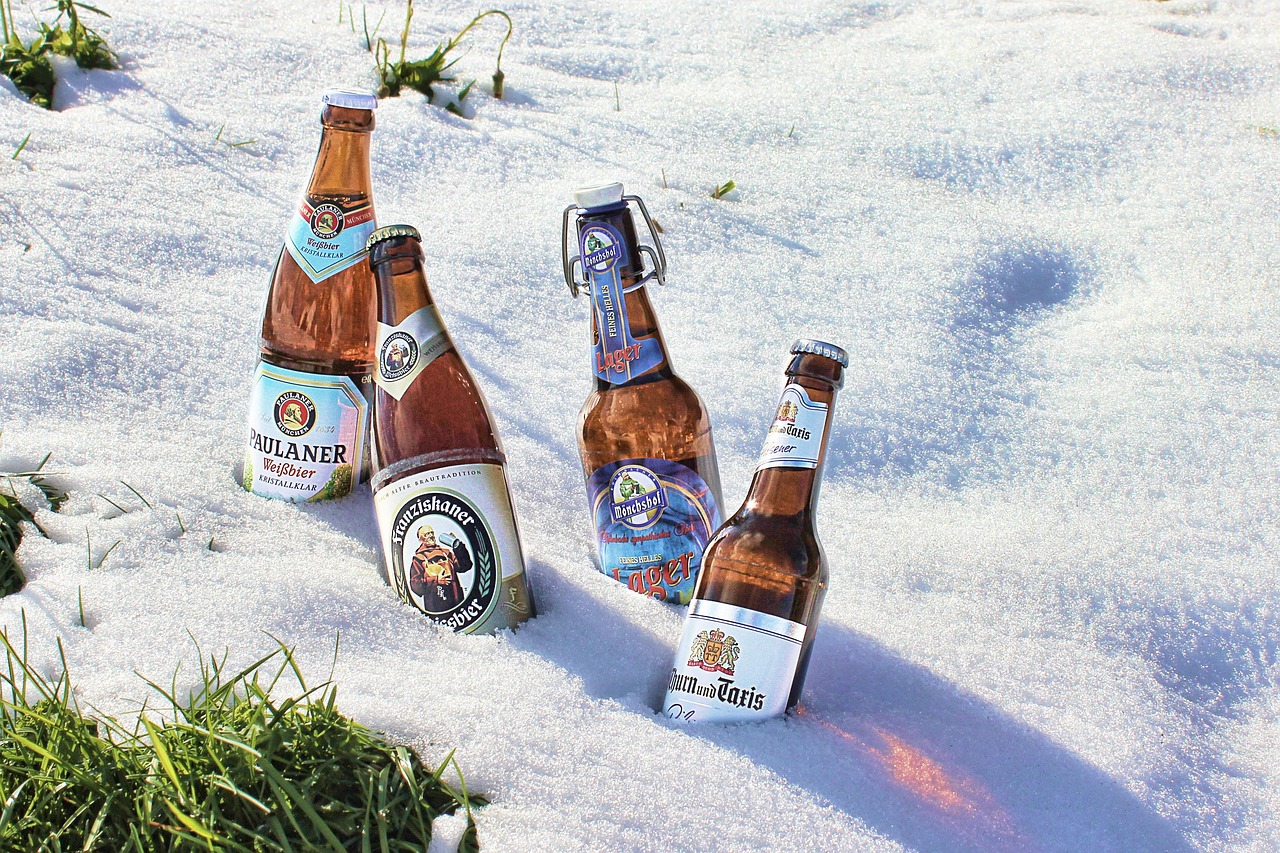Introduction to Session IPA
Equipment List
- Fermenter
- Brew kettle
- Grain mill
- Hops (variety dependent on recipe)
- Yeasts (specific to IPA style)
Step-by-Step Brewing Process
1. Malting and Milling: Start by selecting the right type of malt for your Session IPA. A combination of pale malt and a small amount of specialty malt can provide a rich flavor without overpowering the hops.
2. Mashing: Mash your grains at a temperature that will produce a fermentable wort but still retain some body. Aim for a mash temperature around 152°F to 155°F.
3. Boiling: Boil your wort for 60 minutes, adding hops at different times to achieve the desired bitterness, flavor, and aroma. For a Session IPA, you’ll want to focus on late-addition hops for maximum flavor and aroma.
4. Cooling and Transfer: After the boil, cool your wort to fermentation temperatures (usually around 68°F to 72°F) and transfer it to your fermenter.
Pro Tips for a Perfect Session IPA
- Choose the right yeast: Select a yeast strain that is known for producing clean, fruity flavors without overpowering the hops.
- Balance your hops: While it’s tempting to add as many hops as possible, balance is key. Ensure you have a good mix of bittering, flavor, and aroma hops.
- Pay attention to water chemistry: The chemistry of your brewing water can significantly impact the flavor of your beer. Ensure your water is adjusted to suit the style you’re brewing.
Frequently Asked Questions
What is the ideal ABV for a Session IPA?
The ideal ABV for a Session IPA is between 3% and 4%. This range allows for a beer that is both flavorful and sessionable.
How long does it take to brew a Session IPA?
The brewing process itself can take around 5 to 6 hours, but including fermentation and conditioning, you’re looking at around 2 to 4 weeks before your beer is ready to drink.
